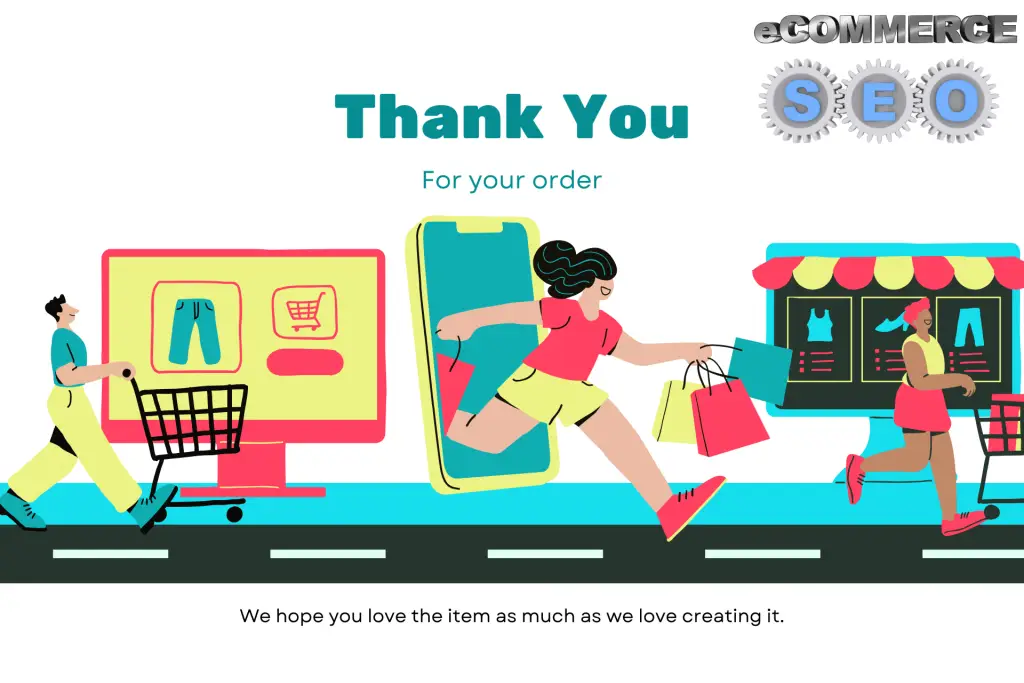In the dynamic world of digital commerce, E-Commerce SEO isn’t just a nice-to-have—it’s a necessity. Whether you’re a startup or a seasoned online retailer, search engine optimization holds the key to boosting visibility, driving targeted traffic, and increasing conversions.
In this guide, we’ll break down E-Commerce SEO best practices, complete with actionable tips and expert tools to help your online store dominate Google’s search results.
🔍 What is E-Commerce SEO?
E-Commerce SEO refers to the process of optimizing your online store’s structure, content, and technical performance to rank higher on search engines like Google and Bing. Unlike standard websites, online stores have unique challenges—hundreds of product pages, duplicate content issues, and ever-changing inventory.
The aim? More organic traffic, better visibility, and higher sales—without spending a rupee on ads.
🧠 Keyword Research: The Core of E-Commerce SEO
🎯 Targeting the Right Keywords
Start by identifying keywords that your target audience is actively searching for. Use tools like:
Example: Instead of targeting “shoes,” try “lightweight running shoes for men.”
🗝️ Long-Tail Keywords: Small but Mighty
Long-tail keywords may have less search volume, but they convert better due to their specificity.
Example:
- Broad: wireless headphones
- Long-tail: best wireless headphones under ₹2000 for gym
Use them in product descriptions, meta tags, category pages, and blog content.
🛍️ On-Page Optimization: Winning the SERP Battle
✏️ SEO-Friendly Product Descriptions
Avoid generic, manufacturer-provided content. Instead:
- Highlight benefits and USPs.
- Use target and secondary keywords naturally.
- Answer common buyer questions in the content.
Example:
“This vegan leather laptop bag offers durability, elegance, and water resistance—ideal for working professionals on the go.”
🖼️ Image Optimization
A slow site hurts your SEO and user experience. To optimize images:
- Compress using TinyPNG or ImageOptim
- Use descriptive filenames (e.g.,
black-running-shoes-men.jpg) - Add ALT text to help search engines understand the image
- Use WebP for faster loading
🔗 Off-Page SEO: Building Authority and Trust
🔝 Quality Backlinks
Backlinks from trustworthy sources boost your domain authority. Here’s how to get them:
- Guest post on relevant blogs
- Collaborate with influencers in your niche
- Get listed in industry directories
- Create link-worthy content (guides, tutorials, infographics)
Use Ahrefs or Moz to monitor backlinks.
📣 Social Proof and Shares
Social signals may not directly impact rankings but can drive engagement and traffic. Promote your products via:
- Instagram Reels & Stories
- Facebook Groups
- Pinterest Boards
- YouTube Shorts
Encourage customer reviews, testimonials, and user-generated content.
📱 Mobile Optimization: Serving the On-the-Go Shopper
Mobile optimization is no longer optional. Google uses mobile-first indexing, meaning your mobile site is the primary version Google uses to rank you.
Mobile Optimization Checklist:
- Responsive design
- Fast-loading pages
- Mobile-friendly navigation
- Easy checkout process
Test your store using Google’s Mobile-Friendly Test.
🛠️ Technical SEO & Schema Markup
Technical SEO Essentials:
- Use clean, SEO-friendly URLs
- Ensure HTTPS is active
- Fix broken links and redirect 404 pages with 301s
- Add canonical tags to avoid duplicate content issues
- Submit XML sitemap to Google Search Console
Product Schema Markup
Structured data helps your products stand out in search results with price, availability, and star ratings.
Use:
📊 Measuring Success with Analytics
You can’t improve what you don’t measure. Use these tools:
- Google Analytics 4 (GA4): Track conversions, user paths, and engagement
- Google Search Console: Monitor keywords, impressions, and technical issues
- Hotjar / Microsoft Clarity: Visualize how users interact with your site
Set up:
- Conversion goals (like purchases or add-to-cart events)
- Funnel tracking to reduce drop-offs
- A/B tests for headlines, buttons, and CTAs
🧭 Don’t Forget Internal Linking
Improve crawlability and user retention by internally linking:
- Between related product pages
- From blog posts to category or product pages
- Use natural anchor text like “explore our organic skincare products”
Internal links reduce bounce rate and help search engines index deeper pages.
🏁 Conclusion & Call to Action
In today’s hyper-competitive e-commerce space, SEO is your secret weapon for sustainable growth. By applying the right mix of keyword strategy, technical optimization, and content marketing, you can position your store ahead of the curve.
✅ Your E-Commerce SEO Checklist:
- ✔️ Conduct thorough keyword research
- ✔️ Write optimized, customer-focused product descriptions
- ✔️ Build authority with backlinks and social proof
- ✔️ Ensure mobile and technical SEO compliance
- ✔️ Track your data and adjust continuously
📑 Table of Contents
- What is E-Commerce SEO?
- Keyword Research: The Core of E-Commerce SEO
- On-Page Optimization: Winning the SERP Battle
- Off-Page SEO: Building Authority and Trust
- Mobile Optimization: Serving the On-the-Go Shopper
- Technical SEO & Schema Markup
- Measuring Success with Analytics
- Conclusion & Call to Action
🎯 Want Personalized Help with E-Commerce SEO?
Let’s elevate your online store together. Book a 1-on-1 SEO consultation or request a site audit with Trainer Punit—your trusted digital marketing expert.

